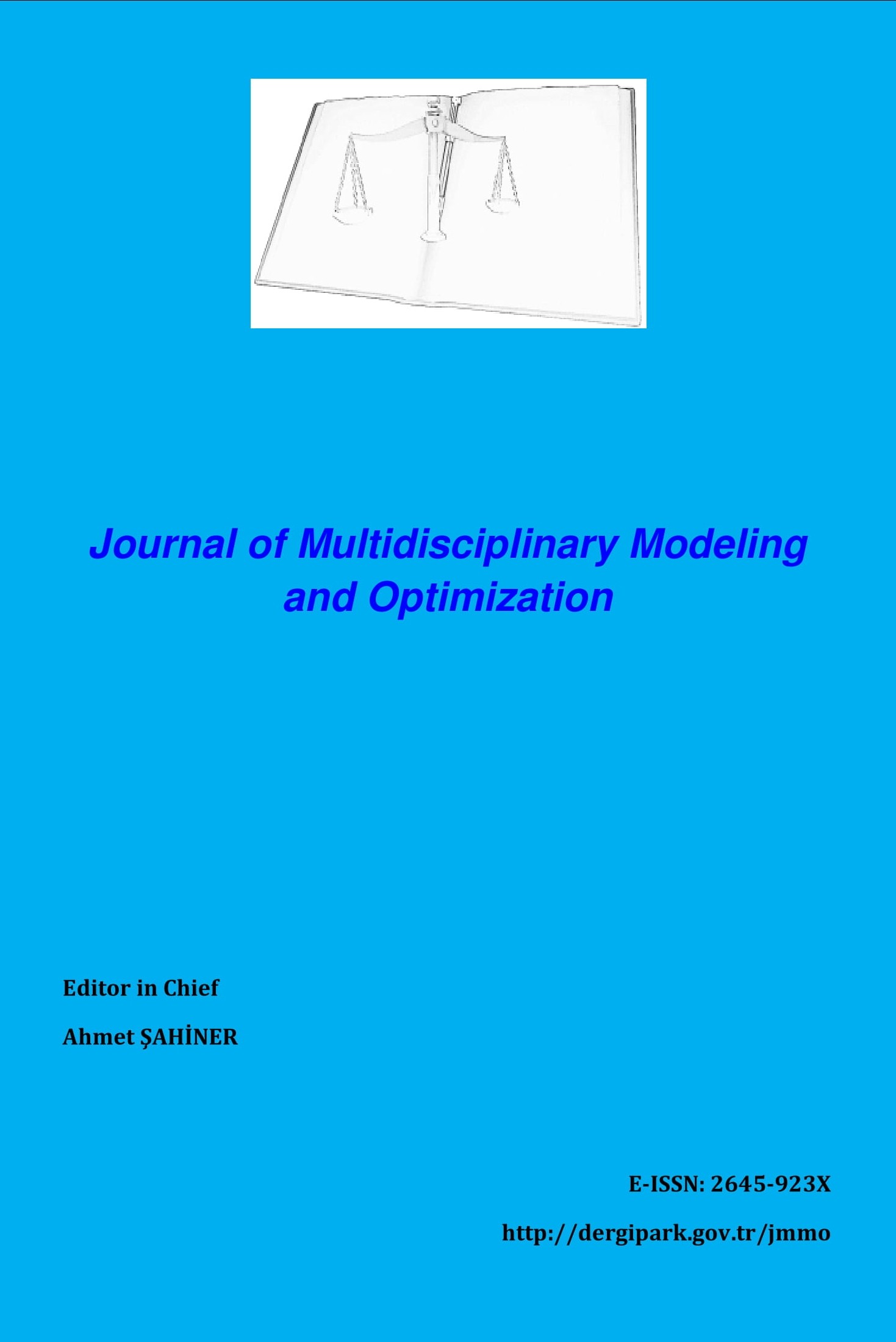Identification Of Material Using Muography
Identification Of Material Using Muography
Muography is an imaging technique based on the
absorption or scattering of atmospheric muons produced from
cosmic-ray interactions in the atmosphere. These muons are
abundant at sea level and thus provide a natural source for
imaging. Scattering density is a characteristic of matter that can
be used to discriminate between different materials. When muons
pass through material they produce an aggregate of scattering
angles with an approximately Gaussian distribution. The standard
deviation of the distribution can be calculated using the
radiation length of the substance. In this study, we calculate the
scattering densities for 20 elements at different four values of
the momentum of the muons to show the dependency on the momentum of the incident muons.
Our results presented in this study complete the results obtained in some previous related studies.
Keywords:
Cosmic Rays Muography, Material Identification Muography,
___
- A. Bettini, Introduction to Elementary Particle Physics, Cambridge University Press, Cambridge, 2008.
- S. Procureur, Muon imaging Principles, technologies and applications, Nucl. Instrum. Methods Phys. Res A., 878 2018, 169-179.
- P. K. F. Grieder, Cosmic Ray at Earth Researcher's Reference and Data Book, Elsevier, Amsterdam, 2001.
- K. Nagamine. Introductory Muon Science. Cambridge University Press, Cambridge, 2003.
- E.P. George. Cosmic rays to inspect large volumes. Commonwealth Engineer, 1955, 455-457.
- L. W. Alvarez, J.A. Anderson, F.E. Bedwei, J. Burkhard, A. Fakhry, A. Girgis, A. Goneid, F. Hassan, D. Iverson, G. Lynch, et al. Search for hidden chambers in the pyramids. Science New York, 167(3919) 1970, 832.
- M. Bandieramonte, Muon Portal project: Tracks reconstruction, automated object recognition and visualization techniques for muon tomography data analysis, IEEE International Conference on Technologies for Homeland Security, 2015, 517-522.
- M. Gupta, Calculation of radiation length in materials,PH-EP-Tech-Note, 2010-013.
- L. J. Schultz, K.N.Borozdin, J.J. Gomez, G.E.Hogan, J.A. McGill, C.L. Morris, W. C. Priedhorsky, A. Saunders, M.E.Teasdale, Image reconstruction and material Z discrimination via cosmic ray muon radiography, Nucl. Instrum. Methods Phys. Res A, 519 2004, 687-694.
- Scott. WT, the theory of small-angle multiple scattering of fast charged particles, Reviews of modern physics,1963, volume 35 pages231.
- H. A. Bethe, Moliere's theory of multiple scattering, Phys. Rev., 89 1953, 1256.
- P. La Rocca, V. Antonuccio, M. Bandieramonte, U. Becciani, F. Belluomo, M. Belluso, S. Billotta, A. A. Blancato, D. Bonanno, G. Bonanno, Search for hidden high-Z materials inside containers with the Muon Portal Project,J. Instrum., 9 2014, C01056.
- L. Cremonesi, Cosmic ray muon tomography for anti-terrorism applications, Master Thesis, University College of London, 2011.
- G. R. Lynch and O. I. Dahl, Approximations to multiple coulumb scattering, Nucl. Instrum. Methods Phys. Res B, 58 1991, 6-10.
- S. I. Dutta, M. H. Reno, I. Sarcevic, and D. Seckel, Propagation of muons and taus at high energies, Phys. Rev. D, 63 2001, 094020.
- K. N. Borozdin, G. E. Hogan, C. M., W. C. Priedhorsky, A. Saunders, L. J. Schultz, M. E. Teasdale, Radiographic Imaging with Cosmic Ray Muons, Nature 422 2003, 277.
- B. Schwarzschild, Cosmic-ray muons might help thwart transport of concealed fissile material, Physics Today, 56(5) 2003, 19-22.
- National Public Radio,Detecting Nuclear Smugglers, All Things Considered radio broadcast,June 13, 2003.
- J. Roach, Cosmic Particles could Detect Nuke Materials, National Geographic News, 2003.
- P. Weiss, Muon Manna? Particle Shower may Spotlight Loose Nukes, Science News Online, 163 2003, 179.
- L. Olah, Research and development of particle detectors for muon tomography and the CERN ALICE experiment, PhD Thesis, Budapest, 2016.
- N. Lesparre, D. Gilbert, Y. Marteau, Y. Declais, D. Carbone and E. Galicet, Geophysical muon imaging: feasibility and limits, Geophys. J. Int. 183(3), (2010), 1348-1361.
- Başlangıç: 2017
- Yayıncı: Ahmet ŞAHİNER
